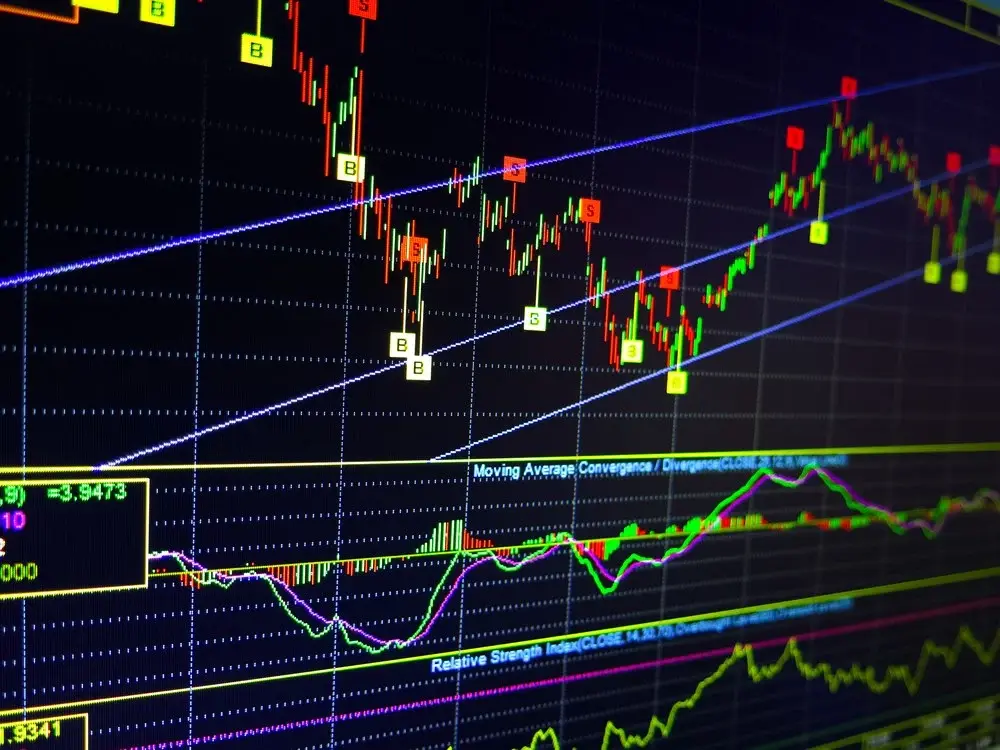South African Market Dynamics
The South African forex market presents unique characteristics shaped by commodity prices, political factors, and regional economic conditions. The South African Reserve Bank’s (SARB) policies and the volatility of the Rand create distinctive trading patterns that require careful technical analysis adaptation.
Understanding local market nuances is essential as South Africa serves as a gateway to African markets. The relationship between gold prices, mining sector performance, and currency movements creates specific technical analysis opportunities.
Regional Economic Influences:
Continental Factors:
• African Union trade agreements
• Nigerian market correlation
• Kenyan financial flows
• Egyptian economic ties
• Moroccan trade relations
• Sub-Saharan dynamics
• Pan-African initiatives
Local Market Drivers:
• Mining sector performance
• Agricultural exports
• Manufacturing indices
• Foreign direct investment
• Domestic retail trends
• JSE market movements
• Banking sector health
Trading Performance Matrix:
| Time Horizon | Expected Return | Risk Profile | Time Investment |
| Intraday | 0.3-0.6% | Critical | 4-6 hours |
| Short-term | 1.5-2.5% | Moderate | 15-20 hours |
| Position | 4-7% | Conservative | 60-80 hours |
South African Technical Framework
Market analysis in South Africa requires understanding several unique elements affecting the ZAR: Core Analysis Components:Precious Metals Impact
- Gold price correlations
- Platinum market trends
- Mining stock movements
- Commodity cycles
- Resource sector analysis
- Metal futures impact
- International demand patterns
Specialized Technical Tools
- Commodity Channel Index (CCI)
- Resource sector momentum
- ZAR volatility indicators
- African market breadth
- Regional flow indicators
- Cross-border volume analysis
- JSE-forex correlations
Risk Assessment Structure:
| Risk Category | Local Impact | Global Impact | Mitigation Strategy |
| Political Risk | High | Medium | Hedging |
| Resource Risk | Critical | High | Diversification |
| Currency Risk | Severe | Moderate | Stop-loss |
Daily Operations Framework
Essential considerations for South African traders:
• Pre-market commodity analysis
• SARB policy monitoring
• African market correlation checks
• Resource sector updates
• Global metals pricing
• Local economic indicators
• Cross-border capital flows

Advanced Market Considerations
South African traders must integrate:
- Local market hours optimization
- Regional economic impacts
- Commodity price relationships
- Political risk assessment
- Currency pair correlations
- International market influences
- African economic indicators
Technical Analysis Implementation
Trading in South Africa’s unique market environment requires specialized approaches:
Market Timing Specifics:
• Johannesburg session (9:00-17:00 SAST)
• London overlap impact (11:00-16:00 SAST)
• US markets influence
• African regional markets
• Resource market hours
• Commodity trading windows
• Inter-bank forex periods
Strategy Framework
| Analysis Type | Key Markets | Technical Tools | Performance Metrics |
| Resource-based | Gold/Platinum | Commodity Flow | 2-4% monthly |
| Currency-focused | ZAR pairs | Price Action | 1-2% weekly |
| Index-correlated | JSE/TOP40 | Multiple Time Frames | 3-5% monthly |
Strategic Implementation
Vital components for South African market success:
Primary Considerations:
- Resource sector analysis
- Political risk assessment
- Regional economic impacts
- Global commodity trends
- Local market sentiment
- Currency correlation studies
- African market integration
Risk Management Protocol
Critical factors for South African traders:
Risk Categories:
• Political event exposure
• Resource price volatility
• Currency fluctuation risk
• Regional economic factors
• Global market impact
• Local market liquidity
• Cross-border restrictions
Performance Optimization
| Strategy Component | Local Focus | Global Integration | Success Rate |
| Resource Trading | High | Critical | 60-70% |
| Currency Analysis | Medium | High | 55-65% |
| Index Trading | Critical | Medium | 50-60% |
Conclusion
Technical analysis in South African markets requires a unique blend of global market understanding and local market expertise. Success depends on integrating resource market knowledge, political risk assessment, and traditional technical analysis tools. The key lies in adapting global technical analysis principles to South Africa’s specific market conditions.
Traders must remember that South African markets present distinct challenges and opportunities. A comprehensive approach combining technical analysis with strong risk management and understanding of local market dynamics is essential for consistent success in trading the South African Rand and related instruments.
FAQ
How effective is technical analysis in South African markets?
Technical analysis proves particularly effective when combined with resource market analysis and local political factor consideration, typically achieving 55-65% success rates in stable market conditions.
What's the best timeframe for ZAR trading analysis?
The 4-hour and daily charts provide optimal analysis opportunities, especially during JSE trading hours and London session overlap.
How does gold price movement affect technical analysis in South Africa?
Gold price movements significantly impact ZAR technical patterns, often providing leading indicators for currency direction, particularly during periods of global market uncertainty.
What minimum capital is recommended for South African forex trading?
A minimum of R15,000 is recommended, though R30,000 provides better risk management capabilities and trading flexibility.
How long should one study technical analysis before live trading?
A minimum of 3-6 months studying South African market specifics and practicing on a demo account is recommended before live trading.














